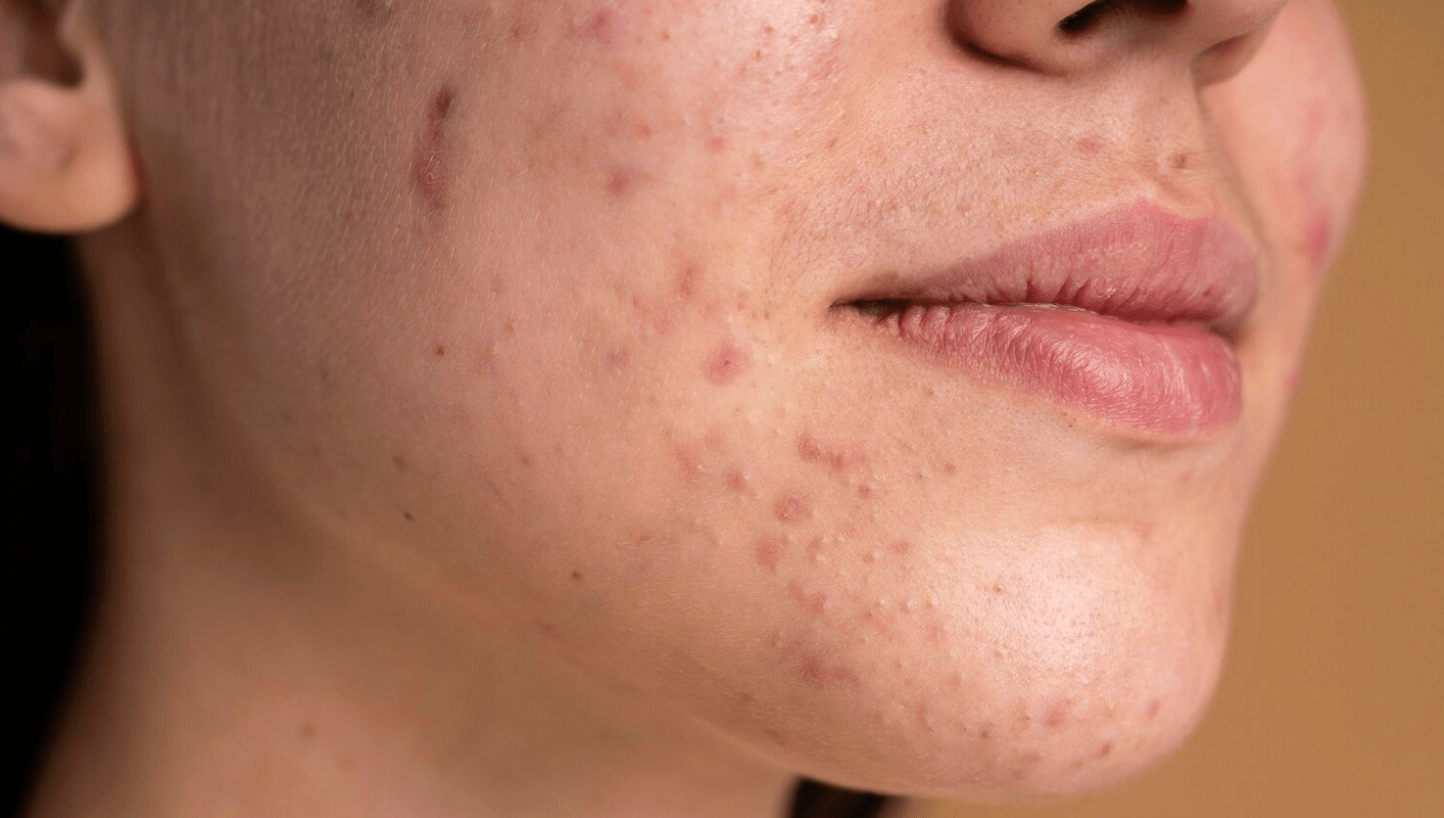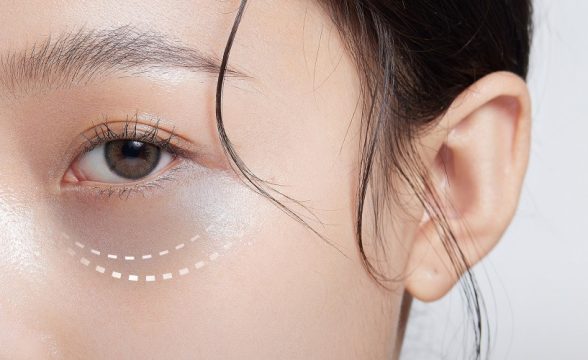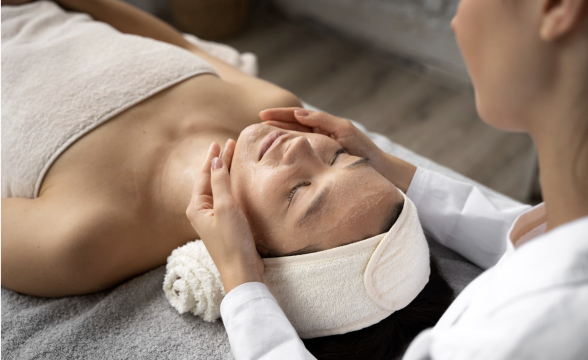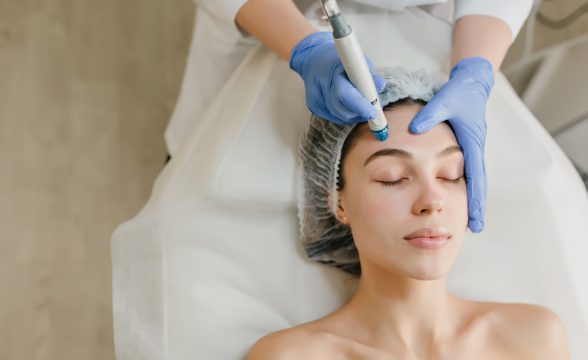Hyperpigmentation and skin discoloration are common skin concerns that affect people of all ages and skin types. Whether caused by sun damage, acne scars, hormonal changes, or aging, these dark spots and uneven patches can be frustrating to deal with and difficult to fade. The good news is that with the right treatments, you can significantly reduce the appearance of hyperpigmentation and achieve a clearer, more even complexion.
In this article, we’ll dive into the causes of hyperpigmentation, the different types of discoloration, and the most effective treatments available to help you regain a smooth, radiant skin tone. If you’ve been struggling with stubborn dark spots or uneven skin tone, this guide will help you find the best solution for your skin.

What Is Hyperpigmentation?
Hyperpigmentation refers to patches of skin that become darker than the surrounding areas due to an overproduction of melanin, the pigment that gives skin its color. These dark spots or patches can appear anywhere on the body but are most commonly found on the face, neck, hands, and chest. Hyperpigmentation can range from light brown to black in color, depending on the severity and skin type.
Types of Hyperpigmentation
Understanding the type of hyperpigmentation you’re dealing with is crucial for choosing the right treatment. Here are the three most common types of hyperpigmentation:
1. Sunspots (Solar Lentigines)
Sunspots, also known as solar lentigines or age spots, are caused by prolonged exposure to the sun’s ultraviolet (UV) rays. They often appear on areas of the skin that are frequently exposed to the sun, such as the face, hands, shoulders, and chest. These spots typically develop as we age and are most common in individuals over the age of 40.
Causes: Sun exposure is the primary cause of sunspots, as UV rays trigger an increase in melanin production, leading to dark spots.
Appearance: Sunspots are typically small, flat, and brown in color. They tend to cluster in areas that receive the most sun exposure.
2. Post-Inflammatory Hyperpigmentation (PIH)
Post-inflammatory hyperpigmentation (PIH) occurs after the skin has experienced trauma or inflammation, such as acne, eczema, cuts, or burns. PIH develops when the skin’s healing process triggers an overproduction of melanin, resulting in dark spots or patches that can last for months or even years.
Causes: PIH is often caused by acne breakouts, skin injuries, or inflammation. It is more common in individuals with darker skin tones due to higher melanin levels.
Appearance: PIH typically appears as flat, dark patches that can range in color from light brown to black. The spots may fade over time, but they can be stubborn without treatment.
3. Melasma
Melasma is a type of hyperpigmentation caused by hormonal changes, making it particularly common in women during pregnancy, while taking birth control, or undergoing hormone therapy. Often referred to as the “pregnancy mask,” melasma results in larger, blotchy patches of discoloration, typically on the face.
Causes: Hormonal fluctuations, sun exposure, and genetic predisposition are the main causes of melasma. It can also be exacerbated by heat or stress.
Appearance: Melasma appears as large, irregularly shaped patches of dark brown or grayish-brown discoloration, often on the cheeks, forehead, nose, or upper lip.
What Causes Hyperpigmentation?
While each type of hyperpigmentation has its own specific causes, there are several common factors that can contribute to the development of dark spots and uneven skin tone:
- Sun Exposure: UV rays from the sun stimulate the production of melanin, leading to dark spots and pigmentation issues. This is why hyperpigmentation often worsens with prolonged sun exposure.
- Hormonal Changes: Hormonal imbalances caused by pregnancy, birth control pills, or menopause can trigger melasma or worsen existing pigmentation problems.
- Inflammation: Skin trauma, acne breakouts, eczema, or other inflammatory skin conditions can lead to post-inflammatory hyperpigmentation as the skin heals.
- Genetics: Some individuals are genetically predisposed to developing hyperpigmentation, particularly those with darker skin tones who naturally have more melanin in their skin.
Effective Treatments for Hyperpigmentation and Discoloration
While hyperpigmentation can be difficult to treat, there are several highly effective options available that can help reduce dark spots and improve skin tone. At CS Medical Aesthetics, we offer a variety of advanced treatments to target hyperpigmentation and restore a more even complexion.
1. Laser Treatments
Laser therapy is one of the most effective methods for treating hyperpigmentation, particularly for sunspots and PIH. Lutronic Clarity Laser is a cutting-edge technology that uses targeted light energy to break down excess pigment in the skin, allowing it to be naturally cleared away by the body.
How It Works: Laser treatments work by emitting pulses of light that target the melanin in dark spots. The light energy breaks down the pigment into smaller particles, which are then absorbed and removed by the body’s lymphatic system.
Best For: Laser therapy is ideal for treating sunspots, post-inflammatory hyperpigmentation, and even some cases of melasma. It’s especially effective for individuals with fair to medium skin tones.
Results: Most patients see noticeable improvements after 3 to 5 sessions, with continued fading of dark spots over time. There may be some mild redness or swelling after treatment, but these side effects typically subside within a few days.
2. Chemical Peels
Chemical peels are another excellent option for treating hyperpigmentation. This treatment involves applying a chemical solution to the skin that exfoliates the top layer, encouraging new skin cell growth and reducing the appearance of dark spots.
How It Works: Chemical peels work by removing the outer layer of dead skin cells, revealing fresh, new skin underneath. This helps to fade pigmentation and improve overall skin tone and texture.
Best For: Chemical peels are ideal for treating mild to moderate cases of hyperpigmentation, including sunspots, PIH, and melasma. They are particularly effective for individuals with lighter skin tones.
Results: Patients typically see brighter, more even skin after 3 to 6 treatments. Depending on the depth of the peel, recovery time may vary from a few days to a week.
3. Microneedling with Radiofrequency (Secret DUO)
Microneedling with RF is a highly effective treatment that combines traditional microneedling with radiofrequency energy to treat hyperpigmentation and improve overall skin texture. This treatment stimulates collagen production and encourages the skin’s natural healing process, helping to fade dark spots and improve skin tone.
How It Works: Tiny needles create controlled micro-injuries in the skin, triggering collagen production and encouraging new skin cell growth. The addition of radiofrequency energy enhances the results by tightening the skin and improving overall texture.
Best For: Microneedling with RF is suitable for treating post-inflammatory hyperpigmentation and improving overall skin texture. It’s ideal for individuals with all skin types, including darker skin tones.
Results: Most patients see significant improvements after 3 to 5 sessions, with continued skin renewal and fading of dark spots over time.
4. Skin Lightening Serums
Topical treatments, such as skin lightening serums, are a great option for individuals looking to reduce hyperpigmentation at home. Ingredients like hydroquinone, kojic acid, and vitamin C are commonly used to lighten dark spots and improve skin tone.
How It Works: Skin lightening serums target melanin production, helping to reduce the appearance of dark spots and prevent new pigmentation from forming. They also provide antioxidant protection to fight free radicals that can worsen hyperpigmentation.
Best For: Skin lightening serums are ideal for treating mild cases of hyperpigmentation, including sunspots and PIH. They can be used as part of a daily skincare routine to maintain results after in-office treatments.
Results: Results from topical treatments can take several weeks to months to become noticeable, and consistent use is required for best results.
Preventing Hyperpigmentation
While treatments can effectively reduce the appearance of hyperpigmentation, prevention is key to maintaining a clear, even complexion. Here are some tips to help prevent dark spots from forming:
- Wear Sunscreen Daily: UV exposure is one of the leading causes of hyperpigmentation, so it’s essential to wear a broad-spectrum sunscreen with at least SPF 30 every day, even on cloudy days.
- Avoid Picking at Your Skin: Picking at acne, cuts, or other skin injuries can lead to post-inflammatory hyperpigmentation. Allow your skin to heal naturally to avoid dark spots.
- Incorporate Antioxidants: Skincare products that contain antioxidants, such as vitamin C or green tea extract, can help protect your skin from free radical damage and prevent pigmentation issues.
- Use Brightening Products: Incorporating brightening ingredients like niacinamide, vitamin C, and kojic acid into your skincare routine can help prevent new pigmentation from forming while fading existing dark spots.
Conclusion
Hyperpigmentation and discoloration can be challenging to manage, but with the right treatment plan, you can significantly improve the appearance of dark spots and achieve a more even, radiant complexion. Whether you opt for laser treatments, chemical peels, microneedling, or topical serums, CS Medical Aesthetics offers a range of effective solutions to address your skin concerns.
If you’re ready to tackle hyperpigmentation and restore a more youthful, clear complexion, contact us today to schedule a consultation. Our team of experts will work with you to create a customized treatment plan tailored to your unique skin needs.








 @csaesthetics.sg
@csaesthetics.sg 


